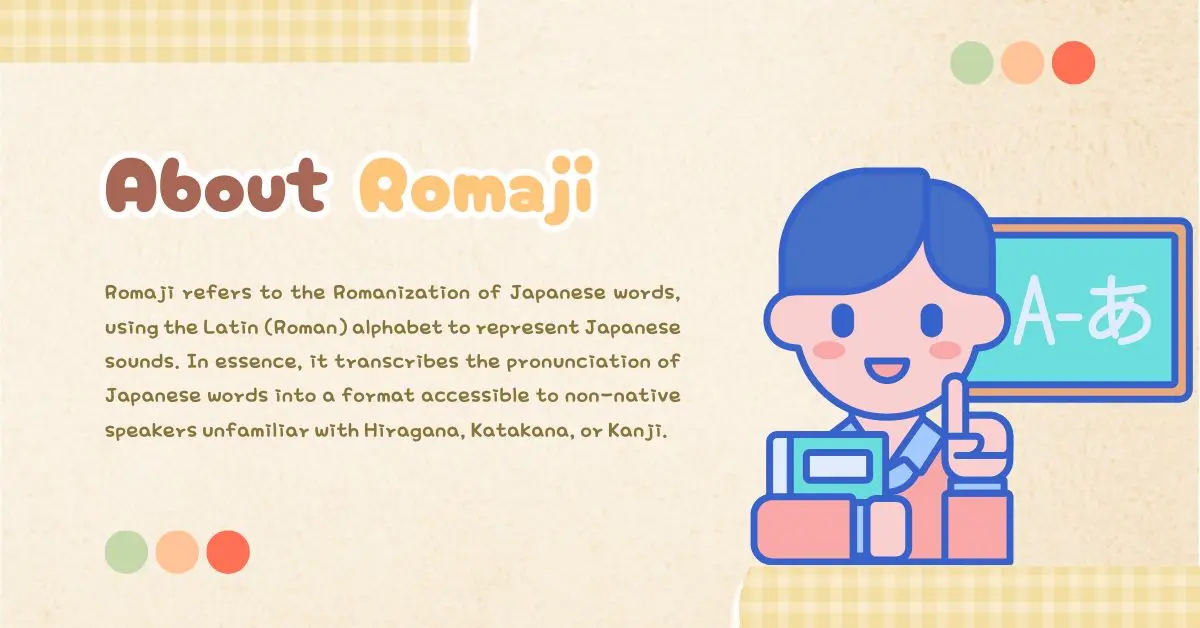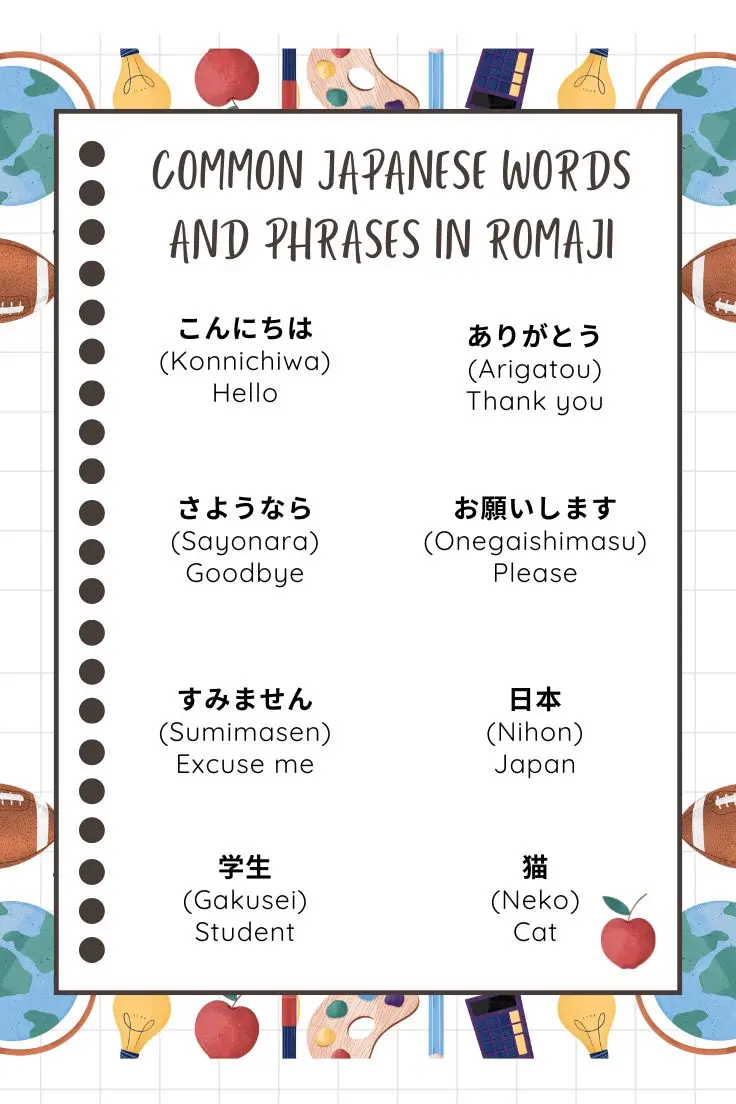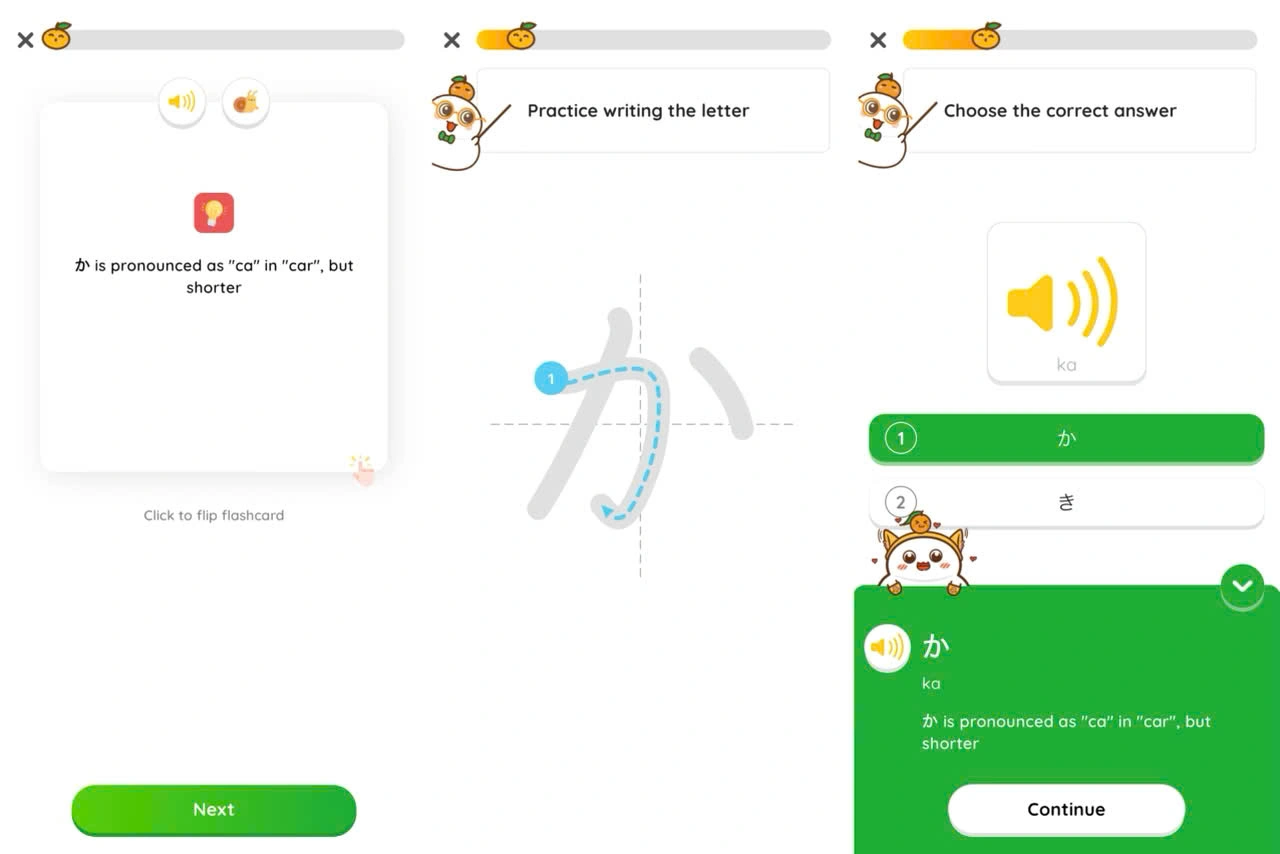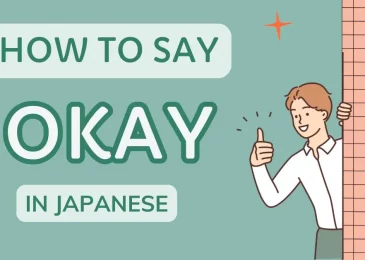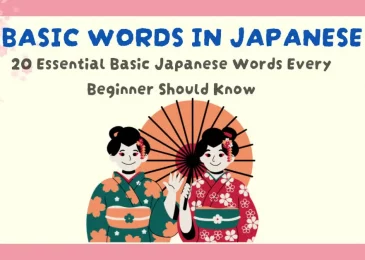- What is Romaji?
- The Role of Romaji in the Japanese Writing System
- Common Japanese Words and Phrases in the Latin Alphabet
- Benefits
- Limitations
- When and How to Transition to Native Scripts
- Romaji in Real-Life Scenarios
- Tips for Using Romaji Effectively
- Conclusion
Learning Japanese is an exciting journey into a language and culture rich with history, artistry, and nuance. For beginners, a common tool in the early stages of learning Japanese is Romaji. But what exactly is Romaji? How can it help you learn Japanese? And when should you transition to native scripts? Let’s explore everything you need to know about Romaji, including its role, benefits, and limitations in language learning.
What is Romaji?
Romaji refers to the Romanization of Japanese words, using the Latin (Roman) alphabet to represent Japanese sounds. In essence, it transcribes the pronunciation of Japanese words into a format accessible to non-native speakers unfamiliar with Hiragana, Katakana, or Kanji.
The word Romaji translates directly to “Roman letters,” and this system was initially developed to aid non-Japanese speakers in reading and pronouncing Japanese without needing to learn the native writing systems.
For example:
- 日本 → Nihon (Japan)
- ありがとう → Arigatou (Thank you)
- すみません → Sumimasen (Excuse me / I am sorry)
The Role of Romaji in the Japanese Writing System
Japanese consists of three primary scripts:
- Hiragana – A phonetic script used for native Japanese words and grammatical elements.
- Katakana – Another phonetic script used mainly for loanwords and foreign names.
- Kanji – Logographic characters derived from Chinese, conveying meanings and sounds.
Romaji acts as an unofficial fourth layer, not typically used by native speakers in daily life. Instead, it serves specific purposes:
- For Beginners: It helps non-native speakers start learning Japanese.
- In International Contexts: Road signs, passports, and transportation guides often use Romaji for accessibility.
- In Technology: Romaji is used for typing Japanese into computers and smartphones.
Common Japanese Words and Phrases in the Latin Alphabet
Here’s a list of basic Japanese words and phrases:
| Japanese | Romaji | Meaning |
| こんにちは | Konnichiwa | Hello (daytime greeting) |
| ありがとう | Arigatou | Thank you (informal) |
| さようなら | Sayonara | Goodbye |
| お願いします | Onegaishimasu | Please (polite request) |
| すみません | Sumimasen | Excuse me / I am sorry |
| 日本 | Nihon | Japan |
| 学生 | Gakusei | Student |
| 猫 | Neko | Cat |
| 愛 | Ai | Love |
| 美味しい | Oishii | Delicious |
Benefits
Romaji offers several advantages, particularly for beginners:
- Accessibility:
Romaji allows learners to immediately engage with Japanese without mastering its native scripts. It bridges the gap between unfamiliar symbols and everyday Latin alphabets. - Pronunciation Aid:
By Romanizing Japanese, learners can focus on pronouncing words correctly, helping them build confidence early in their language journey. - Quick Start:
For those eager to learn basic phrases or prepare for travel, Romaji provides a straightforward entry point. - Typing Efficiency:
Japanese input on digital devices often involves typing in Romaji, which gets converted to Hiragana, Katakana, or Kanji.
Limitations
Despite its benefits, Romaji has several drawbacks:
- Overreliance:
Relying too much on Romaji can prevent learners from transitioning to native scripts, limiting their ability to read and write in Japanese. - Loss of Context:
Japanese scripts carry cultural and contextual nuances. For example, Kanji conveys layers of meaning that Romaji cannot capture. - Pronunciation Challenges:
While helpful, Romaji isn’t always a perfect representation of Japanese sounds. Some learners may mispronounce words if they rely solely on Romanization. - Lack of Authenticity:
Mastering Hiragana, Katakana, and Kanji not only deepens your understanding of Japanese but also connects you more closely to its culture.
When and How to Transition to Native Scripts
While Romaji is a great starting tool, learners should transition to native scripts as soon as they feel comfortable. Here’s how you can make the shift:
- Start with Hiragana and Katakana:
These phonetic scripts are simpler than Kanji and essential for reading basic Japanese texts. - Practice Regularly:
In addition to downloading these charts, you should attempt learning Hiragana characters from basic to advanced using MochiKana – Learn Hiragana. MochiKana reminds you to review during “Golden Time,” which helps you learn the Japanese alphabet in just one week. With its step-by-step learning paths, it is specifically made for beginners. In addition to comprehensive learning activities, MochiKana offers practice exams that raise your memorization proficiency.
- Incorporate Kanji Gradually:
Focus on frequently used Kanji, progressing from N5 (beginner) to N1 (advanced). Tools like MochiKanji can simplify this process with structured courses and spaced repetition techniques.
Romaji in Real-Life Scenarios
Romaji has specific uses beyond learning:
- Tourism: Foreigners visiting Japan rely on Romaji on road signs, train stations, and maps.
- Business: International brands operating in Japan often use Romaji for branding and communication.
- Education: Romaji is a stepping stone for introducing Japanese to non-native speakers.
- Technology: Romaji-based typing is a common input method for Japanese digital communication.
Tips for Using Romaji Effectively
- Don’t Overuse It:
Treat Romaji as a stepping stone, not a crutch. Move to native scripts as soon as possible. - Use Reliable Resources:
Apps like MochiKana and MochiKanji provide structured lessons, flashcards, and writing practice, ensuring a smoother transition. - Practice Speaking:
Use Romaji to focus on pronunciation but complement it with listening and speaking exercises to improve fluency. - Set Small Goals:
Learn a few phrases in Romaji, then challenge yourself to write and recognize them in Hiragana or Katakana.
Conclusion
Romaji is a valuable tool for beginners diving into Japanese, offering a way to understand and pronounce words without prior knowledge of native scripts. However, to truly master the language, transitioning to Hiragana, Katakana, and Kanji is essential.

